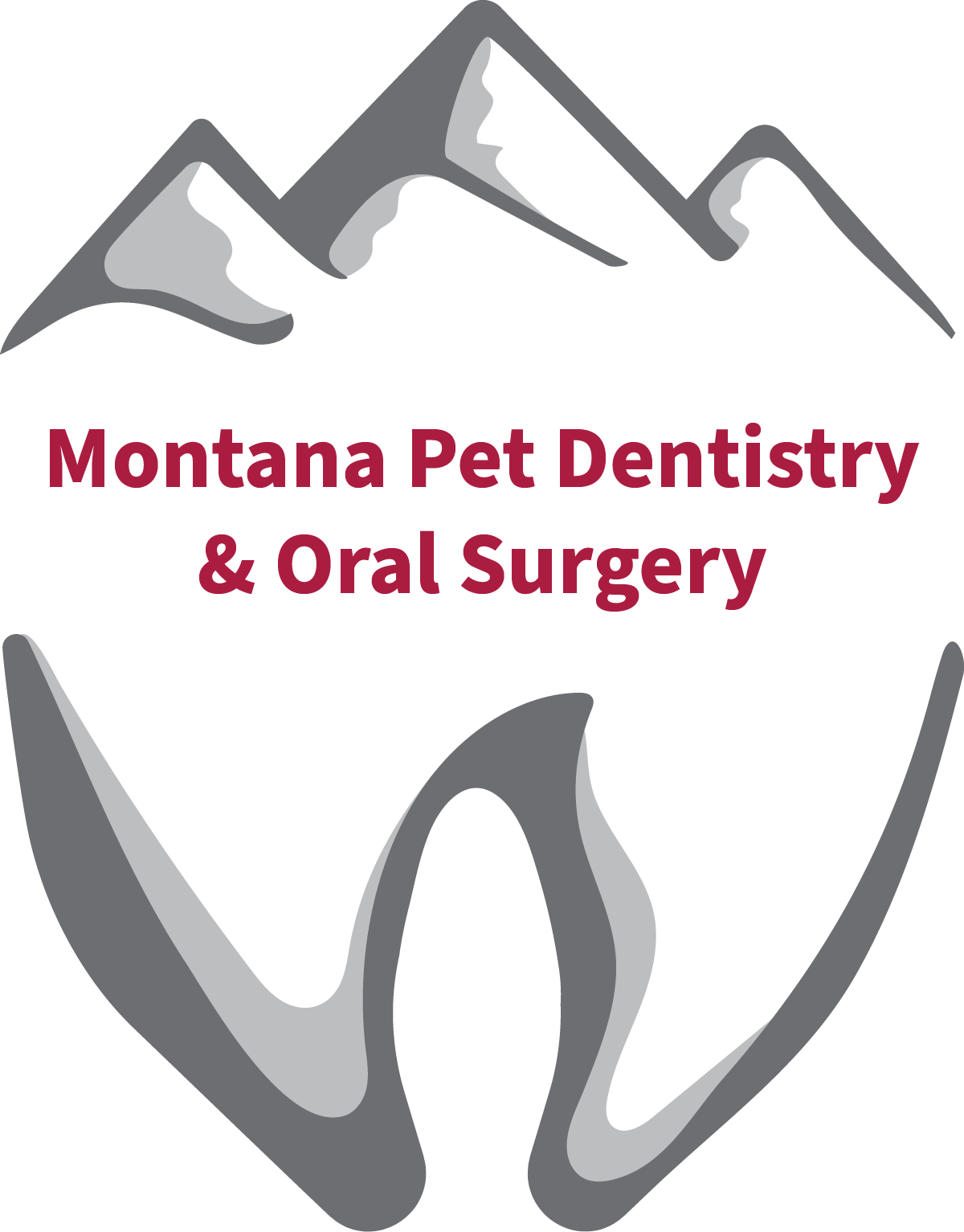Many dental issues require a tooth extraction as treatment, and most cats need to have one or more teeth extracted in their lifetime. Extraction prevents infection and relieves your cat’s pain. But while the procedure is crucial for maintaining your cat’s overall health, tooth extraction can still be worrisome for pet owners. Let’s take a look at when your cat may need to have a tooth removed, and what to expect from the recovery process.
Three Reasons Why Your Cat May Need a Tooth Extraction
1. Periodontal Disease
Tooth extraction may not be necessary in every situation, but there are a handful of cases in which tooth extraction is the best form of treatment. Periodontal disease, also known as gum disease, is a common reason for feline tooth extraction.
When plaque and tartar build up along the teeth and the gumline, they cause a bacterial infection in the gums. This infection eventually extends under the gumline, damaging the supporting tissues of the tooth, including the bone. Teeth affected by severe periodontal disease must be extracted in order to minimize the spread of the disease. Without treatment, periodontal disease can cause serious pain for your pet, and the tooth may eventually fall out on its own.
2. Chipped or Broken Teeth
Your cat might also need a tooth extraction if they have chipped or broken a tooth. In many cases, fractured teeth can be saved. If your cat has a broken tooth, it should be evaluated as soon as possible in order to avoid infection and save your kitty any potential pain that a broken tooth may cause.
3. Stomatitis
If your cat has stomatitis, they might need extraction of all their teeth. Stomatitis is a painful condition possibly caused by an overreaction to the plaque on their teeth. Affected cats frequently have large areas of painful ulcerated tissues in their mouth and throat. While a full extraction might sound scary, most cats adjust very well after the surgery and it is a much better alternative than living with the constant pain of stomatitis.
4. Tooth resorption
This is the most common reason teeth are extracted in feline patients. Tooth resorption, commonly called “feline cavities” is caused by the cat’s own cells attacking their teeth. The damaged area quickly extends into the tooth, even exposing the pulp (nerve) chamber of the tooth. Affected teeth are very painful and unfortunately, removing the tooth is the only option for treatment.
Feline Tooth Extraction Recovery: What to Expect
Most cats recover very well after tooth extractions, and you will likely be able to take your cat home the same day. Your pet’s recovery depends on the severity of their disease and the status of their overall health, so each cat’s recovery will be different.
For example, if your cat only has one or two teeth removed, they may be fully recovered and back to their normal selves in a day. If your cat has multiple teeth extracted or a full mouth extraction, then you could be looking at a few weeks of recovery following the procedure.
During recovery, you can care for your cat and help them heal by:
- Allowing lots of time to rest
- Maintaining a low-stress environment in your home
- Feeding your cat only wet food
- Offering plenty of liquids
- Making sure they take all prescribed medications as directed
Board Certified Veterinary Dentist in Bozeman, MT
If your feline is struggling with dental pain, has a broken tooth, or is showing signs of periodontal disease, we are here to help. Dr. Tony Woodward is Montana’s only board-certified veterinary dentist, available on-site at our hospital in Bozeman. Call us today to set up an appointment.
